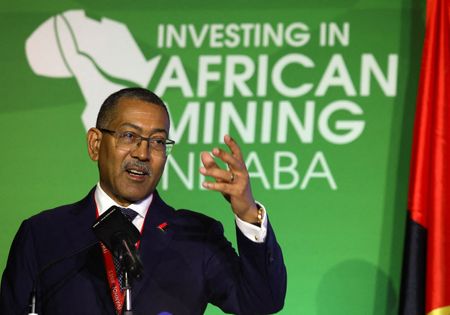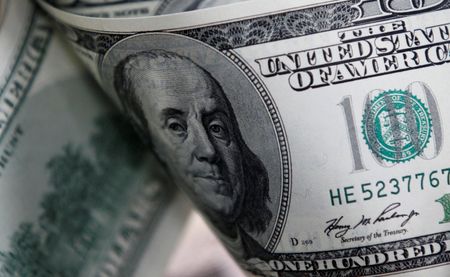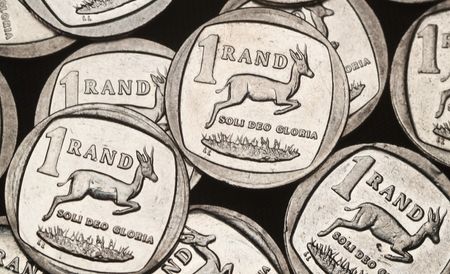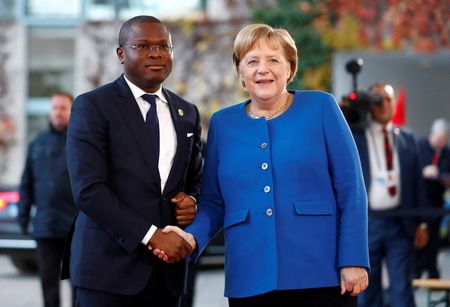By Shariq Khan
NEW YORK (Reuters) -Global benchmark Brent crude oil settled 1% higher on Monday, as concerns mounted that intensifying airstrikes in Russia and Ukraine could lead to supply disruptions, and as a weaker dollar lent additional support.
Brent crude futures settled up 67 cents, or 1%, at $68.15 a barrel. The U.S. benchmark, the West Texas Intermediate futures contract, was up 67 cents, or 1.1% at $64.68 by 2:15 p.m. ET.
There will be no settlement for WTI futures on Monday due to Labor Day holiday in the U.S. Trading volume for both Brent and WTI was also muted due to that reason.
Ukrainian President Volodymyr Zelenskiy on Sunday vowed to retaliate against Russian drone strikes on power facilities in his country’s north and south, and ordered more strikes deep inside Russia.
Three and a half years into the war, both Russia and Ukraine have intensified airstrikes in recent weeks, even as efforts are underway to resolve the crisis.
Markets remain concerned about Russian oil flows, with weekly shipments from its ports dropping to a four-week low of 2.72 million barrels per day (bpd), according to tanker tracker data cited by ANZ analysts.
Elsewhere, the U.S. labour market report this week will give a read on the economy’s health and test investor confidence that interest rate cuts are coming soon, a view that has strengthened appetite for riskier assets such as commodities.
Ahead of the data, the dollar was close to a five-week low on Monday, making oil less expensive for buyers using other currencies. [USD/]
Investors were also focused on Beijing, where Chinese President Xi Jinping, Russian counterpart Vladimir Putin and Indian Prime Minister Narendra Modi are attending a regional summit.
China’s manufacturing activity expanded at the quickest pace in August in five months, a private-sector survey showed on Monday. That helped lend support to oil and copper prices, SEB commodities analyst Bjarne Schieldrop said in a note to clients on Monday.
Also on the radar was an OPEC+ meeting on September 7.
“The next key fundamental question is whether OPEC+ oil producers will continue to raise the group’s output targets beyond September, with a decision due within days,” analyst Tim Evans said in the newsletter Evans on Energy.
Coming out of the summer season, oil inventories should rise in the last quarter of 2025 and the first quarter of 2026, HSBC analysts said in a note, with a surplus of 1.6 million barrels per day in the fourth quarter.
Higher OPEC+ supply and rising stockpiles could keep pressure on oil prices after both Brent and WTI registered their first monthly declines in four months in August, losing 6% or more.
“Oil practitioners will continue to curb their enthusiasm,” PVM analyst John Evans said in a note, citing the increased OPEC+ supply.
(Reporting by Shariq Khan in New York, Seher Dareen in London and Florence Tan in SingaporeEditing by David Goodman, Tomasz Janowski, Sandra Maler and Franklin Paul)











